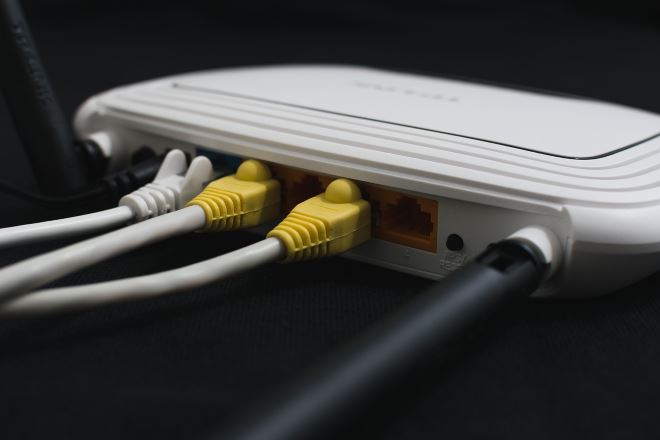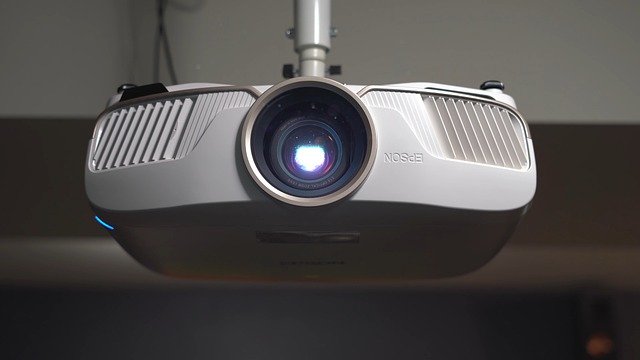High-Speed Internet for Seniors: Broadband, Technology, and BT
Many seniors are discovering how high-speed internet can improve daily life — from staying in touch with family to accessing entertainment and healthcare information. As broadband networks and consumer technology evolve, older adults can benefit from clearer video calls, faster downloads, and simplified devices. Understanding the options, including large providers such as BT and other regional carriers, helps seniors and their families choose services that match needs, skills, and local services availability.

How does high-speed internet help seniors?
High-speed internet reduces frustration by making video calls, streaming, and web browsing smoother and more reliable. For seniors, that means clearer telemedicine appointments, easier online banking, and richer social connections through photo sharing and messaging. Fast connections also support accessibility tools — larger font, screen readers, and voice assistants — which can make technology more approachable. When selecting a plan, consider both speed and reliability: consistent performance matters more than top theoretical speeds for everyday tasks.
What broadband options should seniors consider?
Broadband comes in several forms: fiber, cable, DSL, and fixed wireless. Fiber generally offers the best speeds and lower latency, cable is widely available and fast for many homes, DSL runs over phone lines and can be adequate for basic use, and fixed wireless or mobile 4G/5G can be useful where wired options are scarce. Seniors should prioritize plans with enough bandwidth for video calling and streaming (typically at least 25–50 Mbps for households with multiple devices) and check whether technical support and simple setup services are included.
How does technology influence internet accessibility?
Modern technology makes internet access easier through plug-and-play devices, voice-controlled assistants, and simplified tablets designed for seniors. Wi‑Fi mesh systems can improve coverage in multi-room homes, and many routers now include parental or guest network settings that simplify privacy and security. Training and clear documentation are as important as the hardware — well-designed, senior-friendly interfaces and patient customer support reduce barriers. Families should look for providers or local services offering in-home setup or remote assistance.
Is BT a suitable choice in your area?
BT is a major provider in the UK offering fiber and broadband bundles with national coverage in many urban and suburban areas. Its wide service footprint often includes options for phone, TV, and internet combined. Whether BT is the best choice depends on local infrastructure: fiber availability, customer service experiences in your area, and whether simpler installation packages are offered for seniors. Always check local services availability and read recent user feedback for your neighborhood before committing.
How to choose a reliable internet plan for seniors?
Start by listing common household activities: streaming, video calls, online shopping, or occasional large downloads. Match that to a recommended speed tier and confirm consistent performance and uptime guarantees. Evaluate customer support quality, ease of billing, and whether installation assistance is available. Security features like built-in firewall, automatic updates, and optional managed Wi‑Fi are helpful. Finally, consider devices: an easy-to-use router, a preconfigured tablet, or a remote training session can make adoption much simpler for seniors.
Before and after selecting a plan, compare reputable providers that serve broad regions and offer senior-friendly options. Below are several well-known companies and the services they typically provide, so you can check which are available through local services in your area.
| Provider Name | Services Offered | Key Features/Benefits |
|---|---|---|
| BT | Fiber broadband, ADSL, phone bundles, TV packages | Nationwide presence in the UK, multiple speed tiers, optional setup support |
| Virgin Media | Cable and fiber broadband, TV, phone | High-speed cable/fiber options, large peak bandwidth, combo packages |
| Comcast Xfinity | Cable broadband, TV, home phone (US) | Wide availability in the US, variety of speed tiers, in-home tech support |
| AT&T | Fiber and DSL broadband, TV bundles (US) | Fiber in selected areas, integrated mobile and internet options |
| Vodafone | Mobile broadband, fixed-line, fiber in select markets | Strong mobile integration, international presence, customer apps |
Conclusion
Choosing high-speed internet for seniors is about balancing speed, reliability, and user-friendly support. Understand what daily activities require in terms of bandwidth, check which providers serve your area, and prioritize services that include clear setup help and strong customer support. With the right broadband plan and supportive technology, seniors can enjoy improved communication, access to services, and a more connected daily life.






